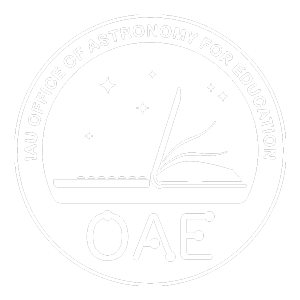Tracking Down The Cosmic Origins Of Earth’S Water With Jwst
TalkScience Topic: James Webb Space Telescope, the First Two Years
6th Shaw-IAU Workshop
Wednesday Nov. 13, 2024
UTC: 6:25 p.m. - 6:50 p.m. America/New_York: 1:25 p.m.- 1:50 p.m.
Friday Nov. 15, 2024
UTC: 11:25 a.m. - 11:50 a.m. America/New_York: 6:25 a.m.- 6:50 a.m.
Astronomers and geologists have long pondered how Earth became water-rich, with its oceans, glaciers and rain pouring from the sky. Water, which is made up of the first and third most common elements in the universe, is an easy molecule to form. However, the details of its delivery on rocky planets remain poorly understood. Thanks to the great power of the James Webb Space Telescope (JWST), it is now possible to study in detail the origins of water in the rocky planet-forming zone of disks, the birthplaces of planets. In this webinar, I will describe the fundamental properties of disks and present recent JWST results of PDS 70, a young protoplanetary system that hosts at least two giant planets. The much higher sensitivity of JWST compared to previous infrared space observatories revealed a water vapour reservoir in the rocky planet-forming zone of the system, indicating that rocky planets that may form there have access to a water reservoir. How much of that water will be incorporated into the cores of rocky planets? How much will be dispersed? I will conclude by discussing future prospects using JWST in tandem with other world-class observatories to continue tackling this fundamental question.
About Giulia Perotti
Giulia Perotti is a molecular astrophysicist. She is a Minerva Junior Group Leader in the Planet and Star Formation department of the Max Planck Institute for Astronomy. She is an expert on the astrochemistry of young stars and their planet-forming disks.





